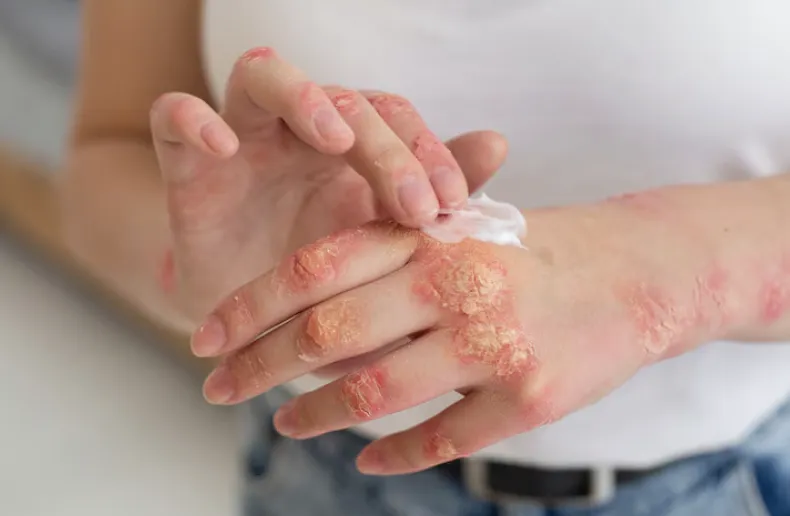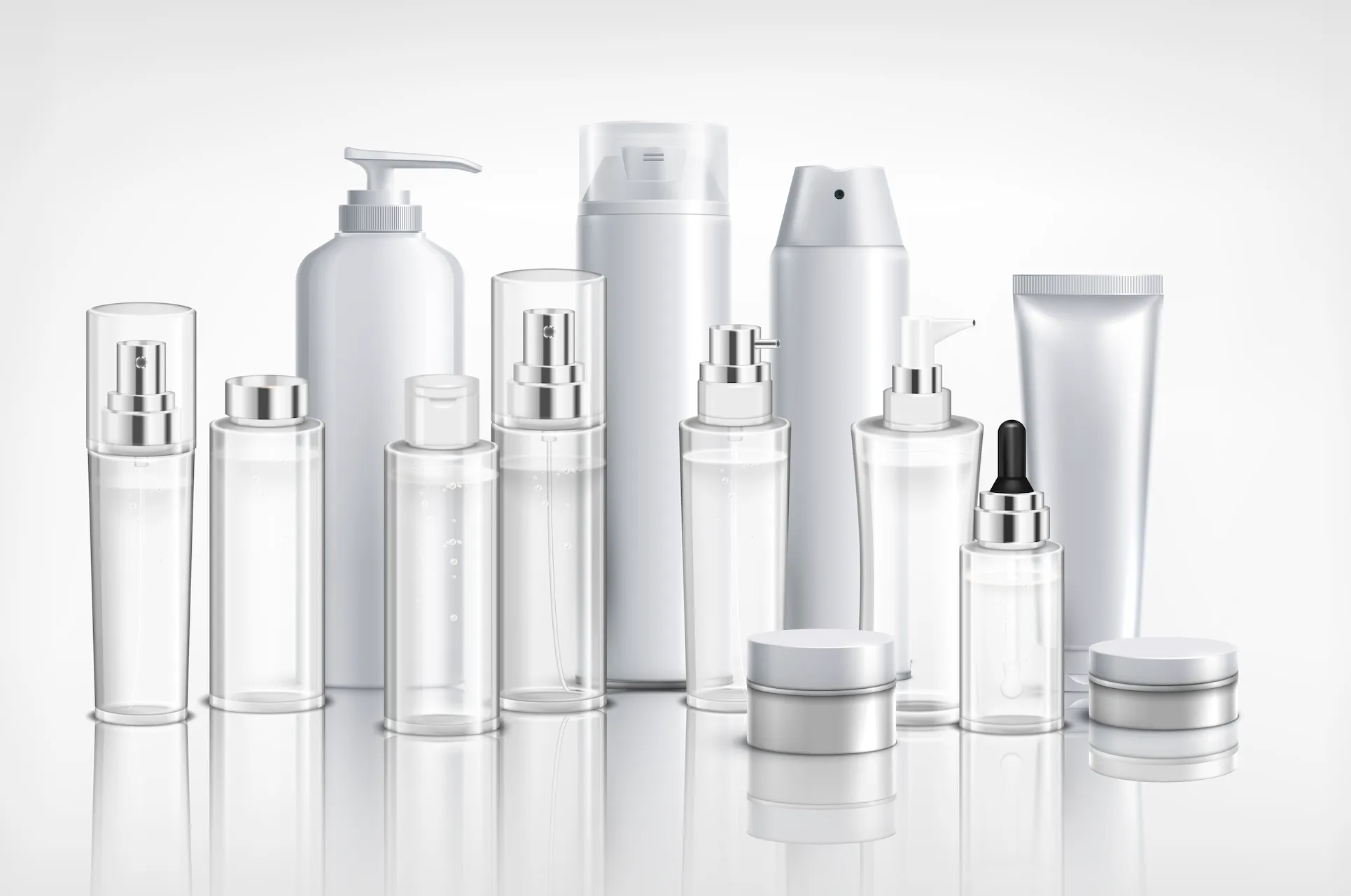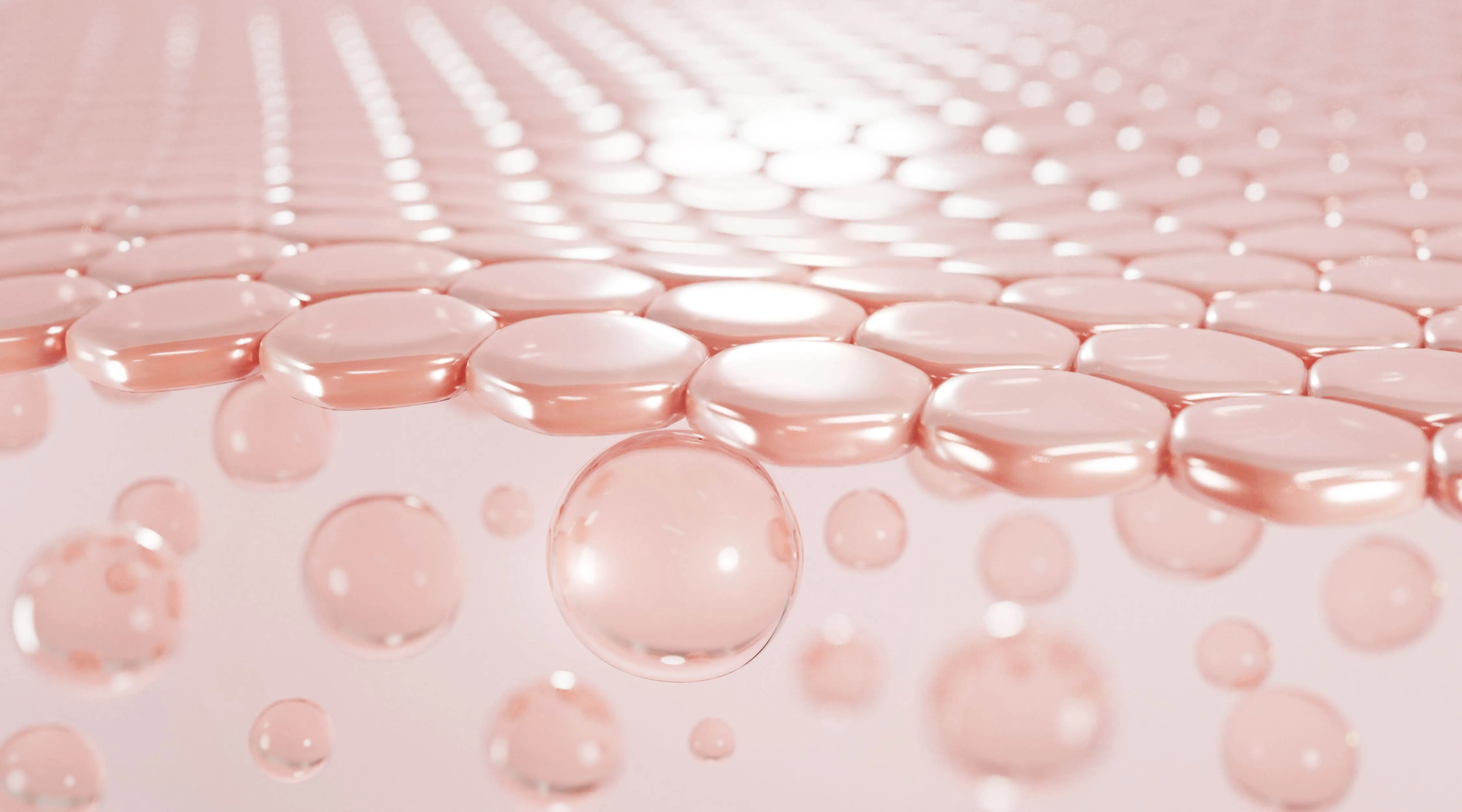Guide to Understanding and Treating Dry Skin

Dry skin, characterized by a lack of moisture and a tendency to feel tight and uncomfortable, is a common dermatological concern affecting individuals of all ages. This article delves into the intricacies of dry skin, exploring its causes, symptoms, and effective strategies to revive and maintain a healthy, hydrated complexion.
Understanding Dry Skin:
Causes of Dry Skin:
- Environmental Factors: Harsh weather conditions, low humidity, and exposure to extreme temperatures can strip the skin of its natural oils.
- Age: Aging often leads to a decline in oil production and a decrease in the skin's ability to retain moisture.
- Harsh Skincare Products: Certain soaps, cleansers, and skincare products containing alcohol or fragrances can contribute to dryness.
- Medical Conditions: Conditions such as eczema, psoriasis, and hypothyroidism may cause or exacerbate dry skin.
Symptoms of Dry Skin:
- Tightness and Discomfort: Dry skin tends to feel tight, especially after washing.
- Flakiness and Roughness: The skin may appear flaky or rough, with noticeable patches of dryness.
- Redness and Irritation: Dry skin can lead to redness and irritation, making the skin more prone to sensitivity.
Tips for Managing and Treating Dry Skin:
Hydrating Skincare Routine:
- Gentle Cleansing: Opt for mild, fragrance-free cleansers that do not strip the skin of its natural oils.
- Hydrating Moisturizers: Choose moisturizers with ingredients like hyaluronic acid, glycerin, and ceramides to lock in moisture.
- Avoiding Hot Water: Use lukewarm water for showers and baths, as hot water can exacerbate dryness.
Nutrition and Hydration:
- Stay Hydrated: Adequate water intake supports overall skin health. Aim for at least eight glasses of water per day.
- Essential Fatty Acids: Incorporate foods rich in omega-3 fatty acids, such as salmon, flaxseeds, and walnuts, which promote skin hydration.
Protecting Against Environmental Elements:
- Sun Protection: Apply a broad-spectrum sunscreen with at least SPF 30 to shield the skin from harmful UV rays.
- Cold Weather Precautions: During colder months, wear protective clothing, including gloves and scarves, to shield against harsh winds.
Humidifiers:
- Indoor Humidity: Use humidifiers in indoor spaces, especially during the winter, to add moisture to the air and prevent excessive dryness.
Avoiding Irritants:
- Fragrance-Free Products: Choose skincare and laundry products that are fragrance-free to minimize the risk of irritation.
- Limiting Exfoliation: Reduce the frequency of exfoliation, as over-exfoliating can worsen dryness.
Professional Guidance:
- Dermatologist Consultation: If dry skin persists or worsens, consult a dermatologist for personalized recommendations and potential prescription treatments.
Dry skin, though common, is a condition that can be effectively managed with a consistent and nurturing skincare routine. By understanding the causes and symptoms of dry skin and implementing the right strategies, individuals can reclaim a radiant, well-hydrated complexion. Remember, the key lies in a holistic approach that combines proper skincare practices, hydration, and protection against environmental elements.





